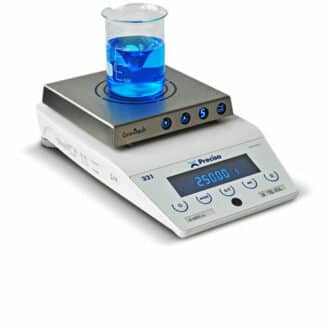A stethoscope is an acoustic instrument for diagnosis used mainly in the medical and veterinary fields. As a medical device, it allows sounds from inside a patient’s body to be heard, mainly related to cardiac and respiratory activity.

A stethoscope is an acoustic instrument for diagnosis used mainly in the medical and veterinary fields. As a medical device, it allows sounds from inside a patient’s body to be heard, mainly related to cardiac and respiratory activity.
They can be divided into two main types: mechanical and electronic.
1. Mechanical stethoscopes:
A traditional stethoscope is made up of three parts: the head, the chest piece and the tubing. Some stethoscopes with a particular configuration don’t include all three of these parts. This is the case, for example, for Pinard horns that have no chest piece or tubing.
Some small details can influence the quality of your diagnosis or simply increase your comfort. As such, it is helpful to ask yourself the following questions:
Each doctor will need a stethoscope best suited to their needs, depending on the type of patients they examine and diseases they treat. We can name six categories of practitioners who will need to be equipped with the appropriate stethoscope: general practitioners; pediatricians; pulmonologists and cardiologists; nurses; physiotherapists; and veterinarians.


